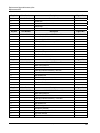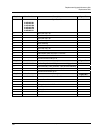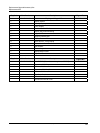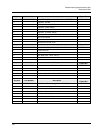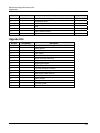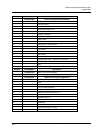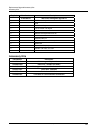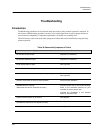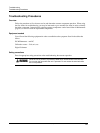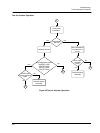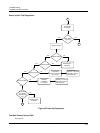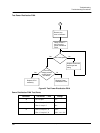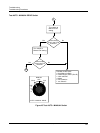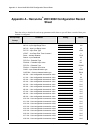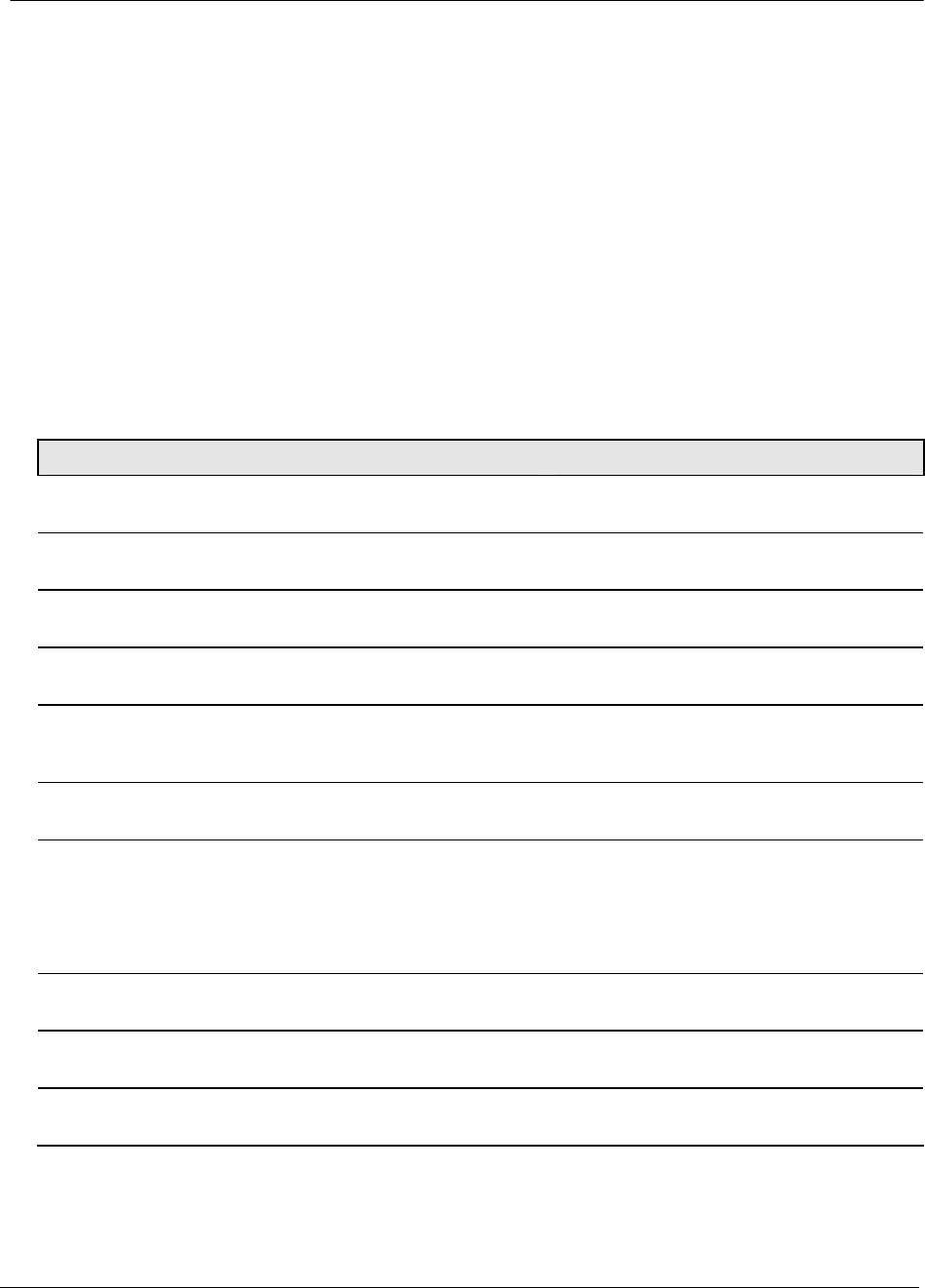
Troubleshooting
Introduction
Revision 7 HercuLine™ 2000 Series Actuator - Installation, Operation and Maintenance Manual 105
7/08
Troubleshooting
Introduction
Troubleshooting procedures can be followed when inaccurate or faulty actuator operation is detected. In
this section, troubleshooting procedures consist of a few simple flow charts to test for proper function of
various actuator components. Component replacement is at the PWA or assembly level.
Table 39 indicates some of the observable symptoms of failure that can be identified by noting the faulty
actuator operation.
Table 39 Observable Symptoms of Failure
Symptom Procedure
No Actuator current output.
Replace CPU Assembly
No Actuator slidewire output.
Replace CPU Assembly
Local display does not light.
See
Figure 42
Actuator fails one or more power up diagnostics.
See
Figure 43
Actuator motor does not drive in response to input signal.
Perform input calibration.
See
Figure 42
Actuator motor does not drive to proper position.
Perform motor calibration.
Actuator Motor is “Hunting”
(Motor does not drive to a position and stop.)
Process control loop is not tuned correctly.
Refer to the Instruction Manual for your
controller on how to tune a loop.
Increase the Deadband in the Actuator
and/or in the control loop.
Position sensor position is not correct.
See page
85.
Auto/Manual Switch does not operate correctly.
See
Figure 45
Relay(s) does not operate.
See
Figure 46




